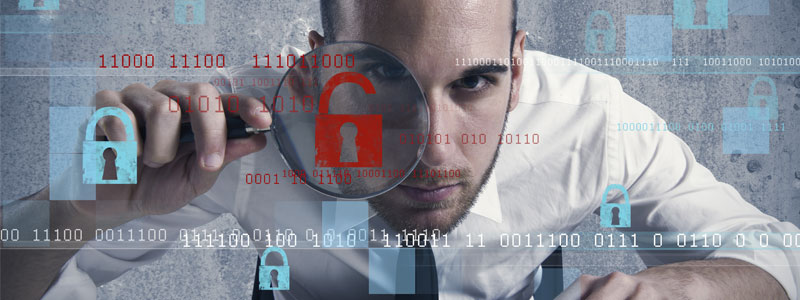
In September 2016, Yahoo! disclosed its data breach incident that happened in late 2014, when hackers stole sensitive details associated with at least 500 million Yahoo! account users. Not only names and email addresses, but the stolen information includes date of birth, security questions, telephone numbers, and encrypted passwords too. Shocking? I know, but that’s the naked reality of the rising threats in the cyber world.
Cases of financial gains, medical benefits, criminal acts, etc. by criminals in the name of others have been recorded in the past and are constantly increasing. Moreover, with the involvement of the internet into our daily lives, the effects of identity theft have gone far more than just harmful.
Here In This Post, We Will Take A Look At Different Types Of identity Thefts, One By One:
Criminal Identity Theft
This happens when a criminal fraudulently presents the personal identity of another individual to the police or the arresting authority. Victims of such thefts are most of the time unaware of such incidents and get to know when a court summon reaches them.
Child Identity Theft
In such cases, criminals target children and use their identity for personal gains. In a study done by Richard Power of the Carnegie Mellon Cylab, it was found that more than 400 children were found to be victims of identity theft. Criminals can use these identities to purchase property, obtain a driving license, etc.
Financial Identity Theft
When a criminal obtains your financial information such as credit card details, internet banking credentials, etc. and purchases goods and services in your name, then it is a case of financial identity theft.
How The Internet Acts A Medium To Identity Theft?
Cyber criminals steal your personal information electronically by executing malicious activities such as a spyware attack. When a computer system gets compromised, sensitive details of the user such as browsing habits, banking credentials, contact details, etc. are collected by spyware in the background. The criminal or hacker then uses this information for his personal benefit.
How to Stay Protected?
Be Aware of What You Share Online
Do not share your personal or sensitive information with anyone over the internet. With the increasing trend of social media, people these days are sharing their personal pictures, contact information, other crucial details on channels like Facebook, Twitter, LinkedIn, etc. But this information could easily be used by someone for wrong purposes.
Keep Sensitive Documents Safe and Secure
If you have kept your crucial documents such as driving license, utility bills, credit cards, etc. in digital form over the cloud, then keep them password protected. Keep changing your passwords frequently. Also, make sure you use different passwords for different accounts.
Browse under Secured Sessions
While logging in or making transactions online, make sure you are using a secured connection. Look at the website URL and check whether it starts with “https://”. Always log off completely when you are done with a session on your web browser, especially when using a public computer.
Use Strong Passwords
Hackers these days are clever enough to determine passwords. Therefore, you need to be a little smarter while using passwords. For instance, a password with your name and a few digits can be easily guessed by an attacker. Use a mixture of different symbols along with alphabets and numerals to ensure strong and hard-to-guess passwords.
Do Not Click Randomly
Email messages that ask you for personal information or perform an action by clicking on a link or attachment should only be entertained after complete assurance about the sender. Unknown email messages from senders that claim to be legitimate could be a email phishing scams and you should never fall prey to them.
Monitor Your Transactions
Thoroughly review your internet banking transaction report to see if there’s any unauthorized or suspicious activity. Make sure you do this once or twice a month. You may also check your credit card statement for such activities. In case something seems to be wrong, immediately contact your bank or credit card company.
Events of Identity theft can be minimized to a great extent by keeping an eye on your own activities. I hope the above-mentioned tips will help you monitor and detect cases of fraud and save yourself. You can also read our post on 8 Security Tips to Keep Smartphone Threats at Bay!
- RaaS : The Dark Side of SaaS
- Hackers Target MOVEit Transfer’s Zero-Day Vulnerability, Emergency Patch Deployed
- How Scammers Are Utilizing ChatGPT? Few Tips To Be Safe
- World Backup Day: Why Data Backups are Important in Cybersecurity
- What is Social Engineering and How Cyber Criminals Use It
- Things To Know About Personally Identifiable Information (PII)
- What is Data Breach? Why and How It occurs? How To Prevent Data Breach


